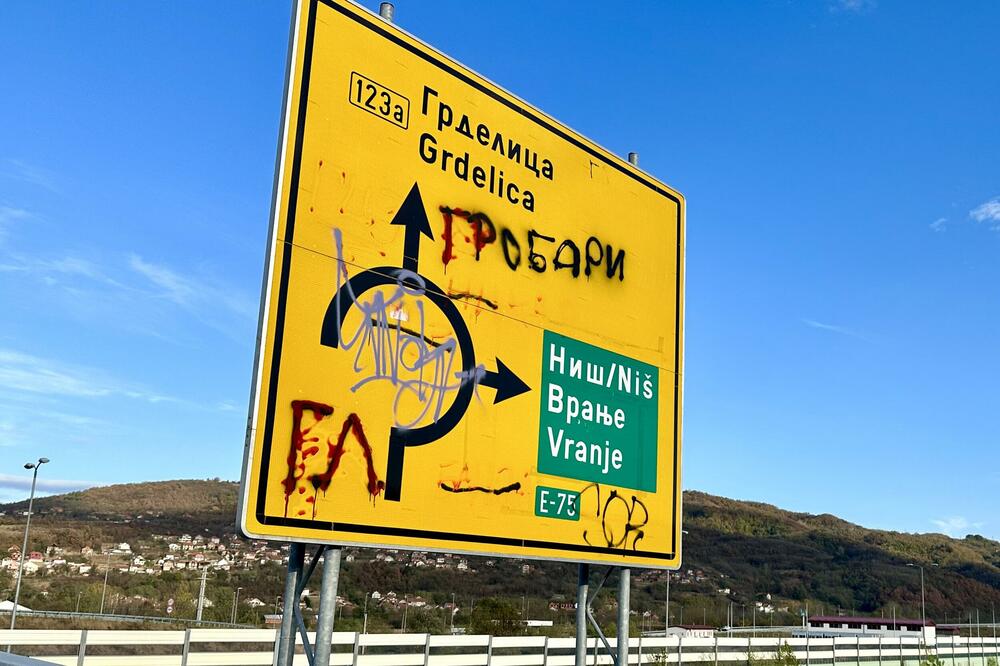I have sometimes heard stories about Grdelica, especially from the people of Leskov, who are originally from that town. But until today, Grdelica was for me only a passing sign announcing the beauty of the Grdelica gorge. This time we will not continue towards Vranje, Skopje, Thessaloniki. We turn left at the roundabout and enter the town along the road lined with trees.
Behind the bridge over the South Morava, under the first slopes of the gorge, there is a small town. A walk through the town on perhaps the last mild day of the year takes us first along Ulica 29. novembra.
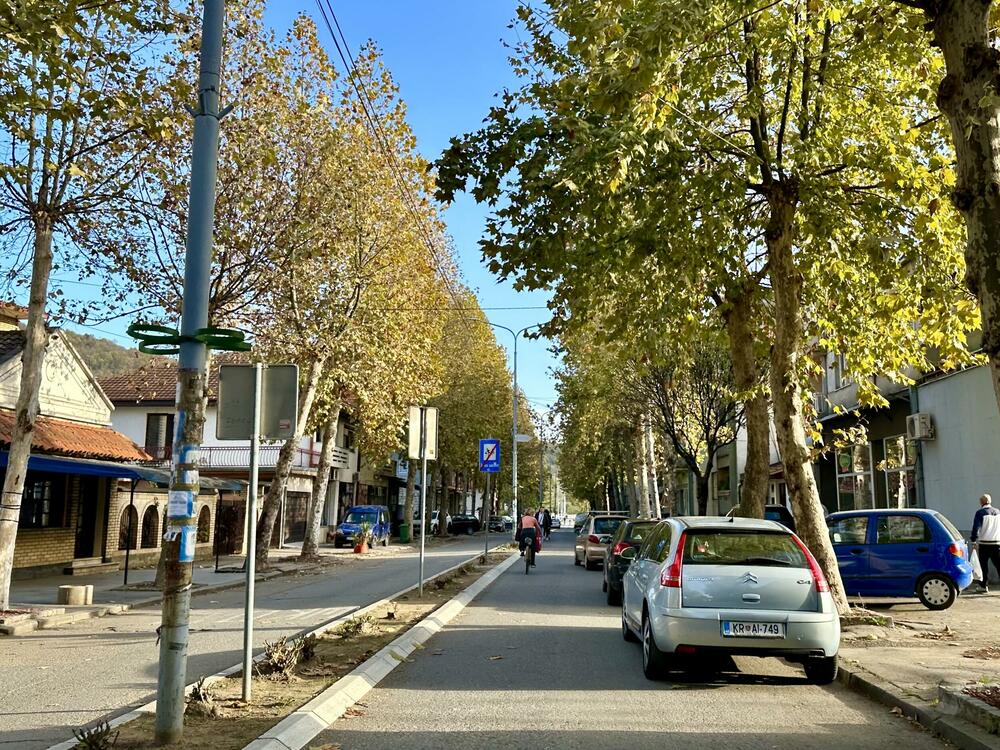
The name of the street with a beautiful tree line outlived the SFRY and the main Yugoslav holiday - Republic Day, November twenty-ninth. A few decades after the end of the former state, in the general frenzy of street renaming, Grdelica shows sympathetic indifference to such trends.
Korunović church
The afternoon sun caresses the surrounding forests, which are inappropriately green for this time of year. We are just coming out of the Michaelmas summer. On the left side I see a spacious grassy yard and at the bottom of it, at the beginning of the slope, the harmonious outline of the Church of St. John the Baptist. It was built in 1940 in the late Serbian-Byzantine style. Architect Momir Korunović was one of the leading representatives of that school during the Yugoslav kingdom. At the beginning of the 15th century, there was a church dedicated to the Virgin Mary in that place. It was built by the despot Stefan Lazarevic, and was demolished during the Turkish conquests.

The new church is a truly beautiful example of the then aspiration to find a national architectural manuscript. History books say that Jovan L. Lazarević allocated the first substantial sum for the construction, and on the board to the right of the entrance is the name of the founder who probably helped with the renovation in this millennium.
I am the only person who enters Korunović's church this afternoon, and at whom the priest's dog barks at from behind the fence. I'm going back to the street. I can feel the looks of the locals. In big cities, people visit attractions. In smaller towns, visitors are attractions.
A born librarian
Librarian Svetlana Veličkovski, known as Ceca, guides us through the town. Right next to the church is the library, a temporary building in front of which there is already firewood. The roof sometimes leaks, the books inhale moisture. Ceca is probably the only librarian in Serbia who was born in a library. The current library building was a maternity hospital in the sixties.
The health center is in the neighborhood, the kindergarten is at the crossroads, further towards the center is the Desanka Maksimović Primary School. I have nothing against good old Desa. However, it is permissible to ask, wouldn't it be fairer if the school was named after the first teacher of the first Serbian school in Grdelica, which Stambol founded in 1854? The teacher's name was Vasiljko Milosavljević, and everyone called him Pisar. At first, the school worked in a Turkish guard tower in the Dedina Bara settlement.
Well, I'm not here to correct the wrongs of the Moravas.

The culture center is decorated on the facade with the hand of the most famous living resident of Grdelica - he was born seven decades ago as Nebojša Stojković in Pirot, and gained fame under the painting name of Joškin Šiljan. I love Šiljan's color, and the fact that he chose Grdelica as his painting hometown is especially worthy of praise.
When filmmakers forget a prop
The high school center behind the elementary school mostly pushes practical appeals - here people know how to work with wood, and the trade is still somewhat alive. Unlike the former giant of the textile industry TIG. It is an abbreviation for Textile Industry Grdelica. As in the entire south, the death of the textile industry, which once employed 1300 people, was a fatal blow to the town. This can be seen to this day - along Radničko Street, which is made entirely of old bricks, you have to come across defunct chimneys and huge dilapidated buildings.
On one wall in the street there is a sign "Ćevapi kod Bura". Ceca explains that she was hung there by the film crew who were filming scenes about old Leskovac.
The walk ends at the confluence of the Kozaracka River with South Morava.
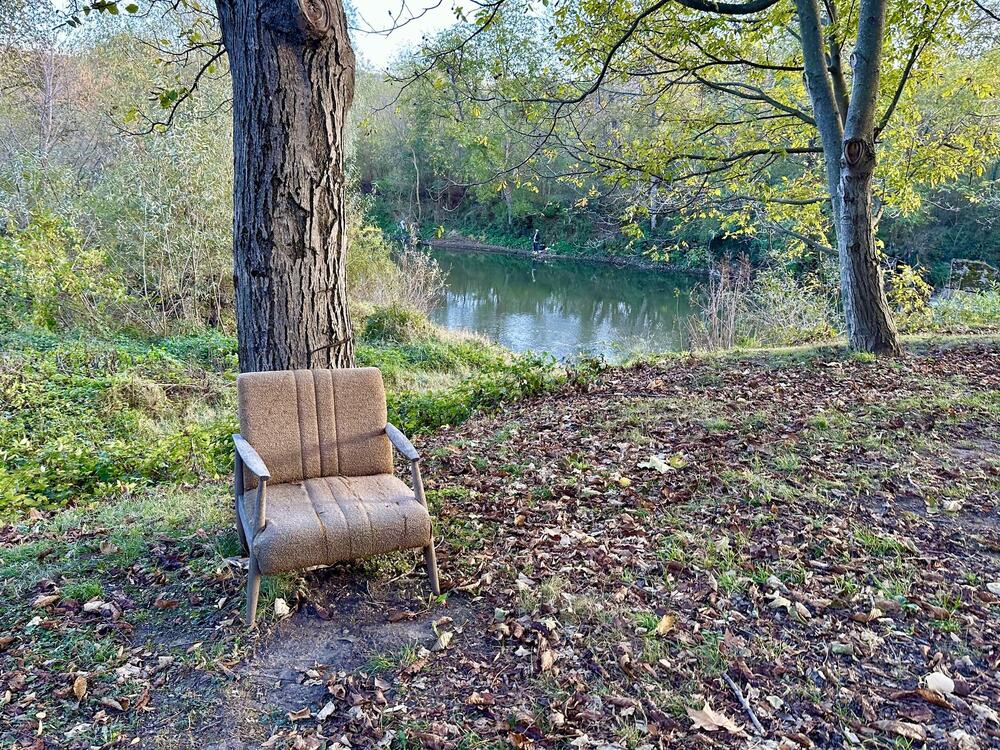
I was greeted by a vivid scene - a forgotten armchair under a tree at Usce.
We are going back to the center. We pass by the monument to fallen soldiers in the Second World War, in front of which three dogs are frolicking, and two drunken elderly citizens are sitting on a bench. One is leading loud monologues, and the other, leaning on a stick, is laughing and a little sly.
Grdelica mechanics
There are a number of taverns in the town. Some of them already evoke a touch of the big world with their name - Charlie's or Merlin's are examples of that. Others call the tavern "Derven-Dile". For the uninitiated - Derven is the Turkish name of Grdelice and means "strait, gorge". And Dile is probably the owner, and that in the nominative, so as not to mislead the rare people from the north who might expect a landlady and not a boss when they read the marketing board at the tavern: "Let's have a beer at Dila's".

The high density of pubs per capita - barely more than 2000 people live in Grdelica - has a tradition here. In 1872, the travel writer Milojko Veselinović noted that the place had over 20 taverns, and among them Džan-Stamenin's inn known for the song "More, vrćaj konja, Abdul Ćerim-ago".
The most famous Grdelica resident after the liberation from the Turks in 1878 was, of course, a mechanic by profession, Aranđel Marinković. He owned an inn on Solunski road near Grdelica. Since he was also the leader of the rebellion against Ottoman rule, he quickly became a member of the Assembly of the Kingdom of Serbia. They say that he was so respected that King Milan Obrenović once visited him in Grdelica. And the local legend says that King Milan's subjects spread carpets from the newly opened railway station to the house of boss Arandjela, where he ended up. I'm imagining that scene. I like it better than today's boring red carpets around the world.
For a long time, Grdelica was the only railway stop in the area, so everyone, from black grass farmers to village owners, went down to wait for the train. And while you wait, you have a drink and something to eat. Thus, the number of pubs along the railway line was maintained.
Saint Sava and a girl's dream
Speaking of pubs, we come here with premeditation. Following Ceci's recommendation, we will stop by the famous Sveti Sava tavern. Past the facade, above which stands a broken neon sign with the name, Ceca leads us to the side entrance. A white metal door with no markings - this is clearly an insider's entrance. The room with the wood stove is promising. No make-up, preserved charm of the last century.
The owner, Miodrag Đikić Mića, is from Vlasotin and has been working temporarily in Grdelica for more than two decades. He is actually from the village of Boljara. Ali is a gastronomic institution from Grdelica.
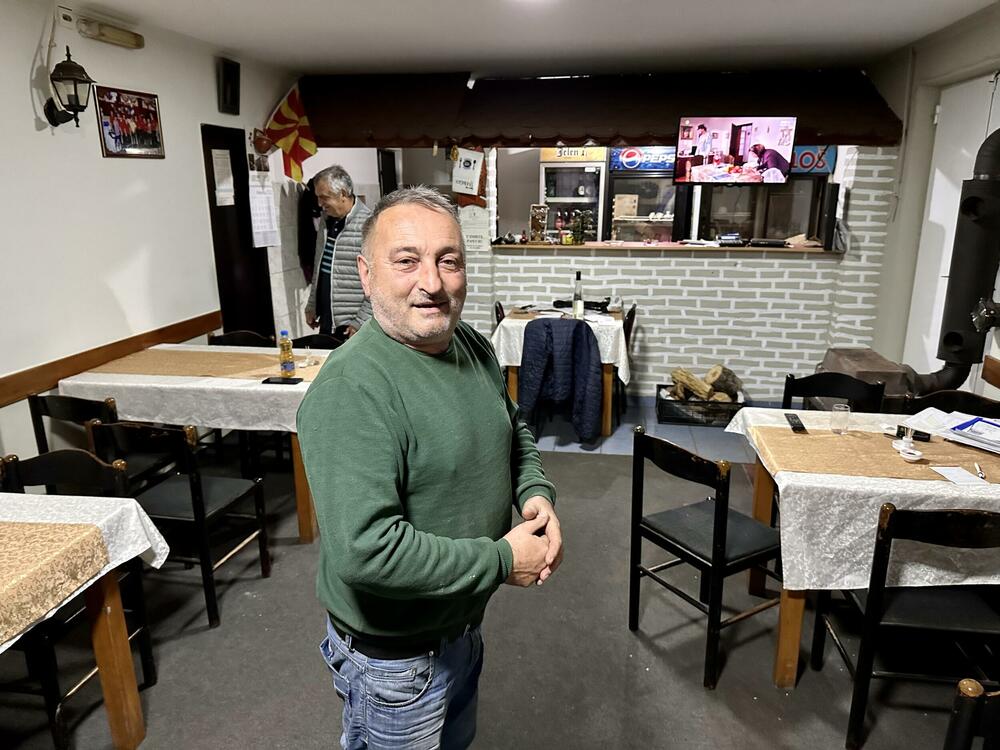
Mica sticks to proven values. If we're going to push the poppy to the limit, the tavern is called - Moravac dva, since the first Moravac is in Vlasotinac. But the supermarket that was there before the tavern was named after St. Sava. The power of habit in smaller communities is certainly a special force. The people did not give up their name, so the owner diplomatically christened the tavern: Sveti Sava - Moravac dva.
In the kitchen he has a woman with magical hands - Bojana Stojković Boki.
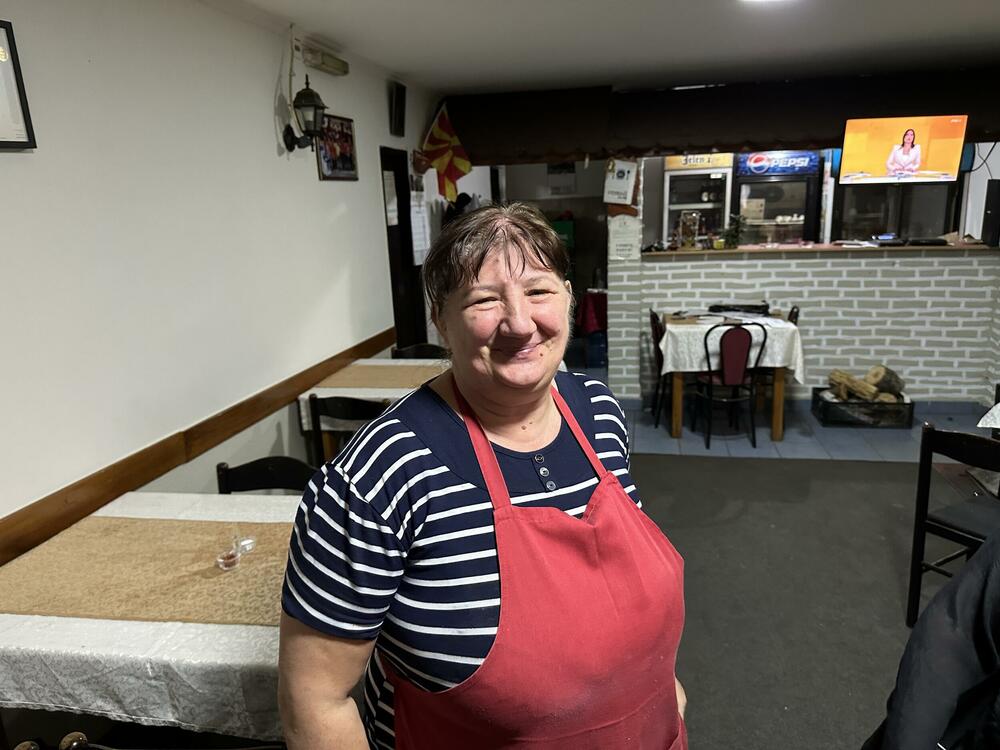
She brings the appetizers to the table one by one: salad dressing, a large quartered tomato, hot buns and, of course, wickedly hot peppers.
It's just a prelude to what's to come. Along with the homemade šljivovica, liver in a tissue - here it is said in skrama - grilled intestines, pinches - not made of dough but pinched of minced meat. The crown of the gourmet experience at the St. Sava tavern is the Karađorđe schnitzel, which the menu creators, obviously alluding to its phallus-like shape and dimensions, called it a Girl's Dream.
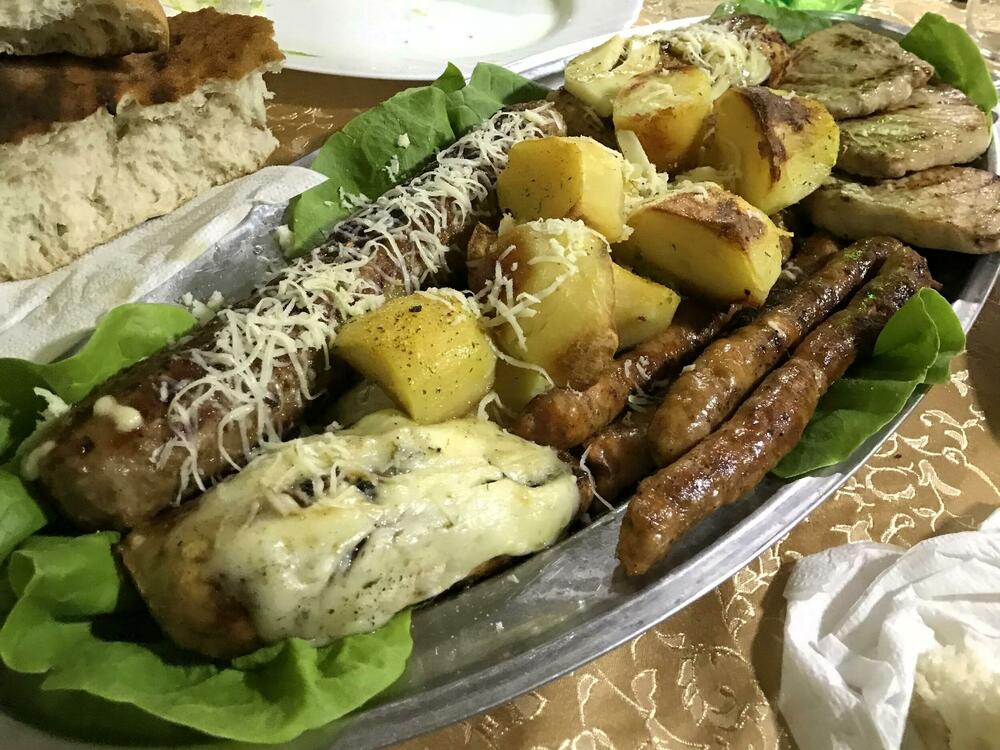
At Mica's there is no time for philosophizing about the relationship between sacredness, eroticism and pub food. The owner is already talking about how he hosted Goran Bregović and his Orchestra for weddings and funerals here a few years ago. He says they got hungry on the way to Ohrid. One of the musicians, Birča frulaš, was born and raised in Grdelica. So he led Brega and his colleagues, among whom there are people from Nisli and people from Vranje, straight to Mica. They stayed there to feast for a few hours, just like us.
We go out into the Grdelica night, which is still young. The food and the authentic provincial minimalism of the interior, the hospitality of the hosts, are almost unparalleled in Serbia. How can it be otherwise when the synonym of the south - Leskovac - is for Grdelica in the north, a whole 17 kilometers.
Departure from the city of Jelica
I remember that Grdelica is a name that was created by the erosion of the letters in the historical name for the fortified settlement on Kale Hill - Jelica City. And that it has nothing to do with something offensive, as one thinks at first. And the Grdelička gorge was once called Prosečenica - this is where the South Moravian water made its way to the north.
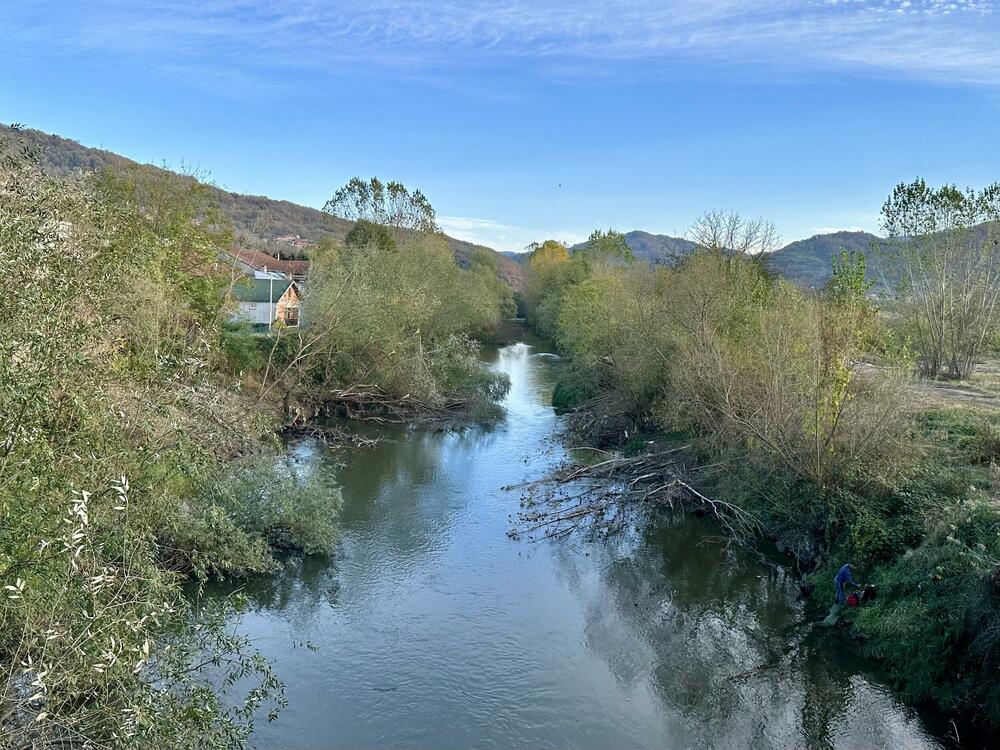
I wish I had heard Stamena's voice, that inspired throat that long ago caused the unfortunate Abdul Ćerim-aga to enter the Oraovački khan here, where he was executed by Sava Dedobarac and his boys. A song was created based on that event, which has been sung from here to Vranje for more than two centuries.
The third act in Bora Stanković's Koštana introduces that song from Tom's mouth, when he says to Koštana: "When entering my house, a song was sung:
- "Sea, turn your horse, Abdul-Ćerim ago,
sadness, turn your horse, you will regret it."
- "The sea, I don't turn it, Janum, young Stameno,
sadness, I'm not turning it, so I know I'm going to die!"
And Dedobarac, who lost the agi strings, lost his head together with all his fellows in the First Serbian Uprising, when the Turkish cannon from the Kale hill hit the Dedobar inn above Grdelica, where there was plenty of gunpowder, and everything flew into the sky. The permanent bridge on the South Morava was then decorated with insurgent heads.
History is a slaughterhouse. But sad and beautiful songs remain in her bloody wake. There will be opportunities, places like this one returns to, I promise myself. Sooner or later, someone will sing that song to me too in a Grdelje car park, while a beer is burning in the corner.
Bonus video:



